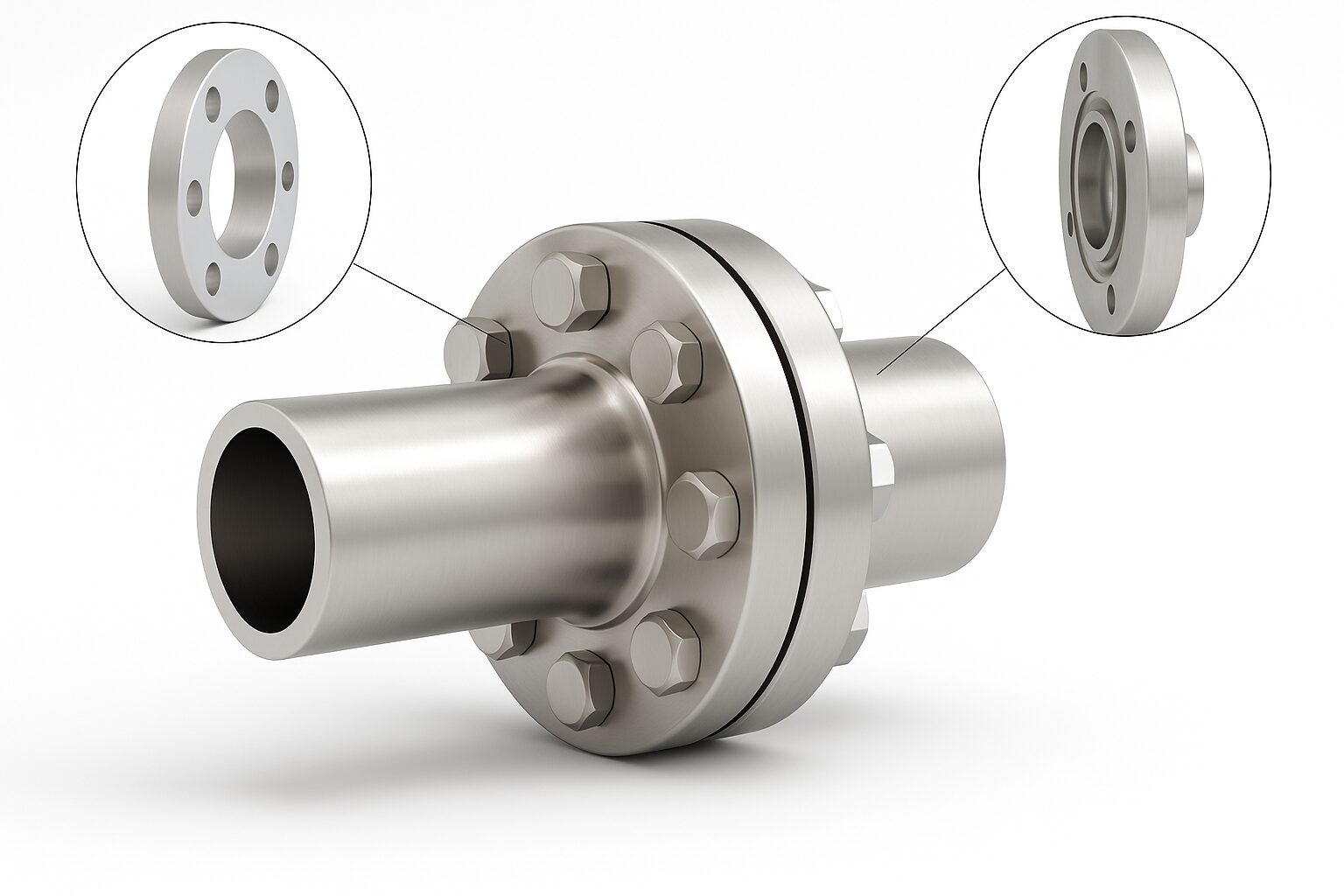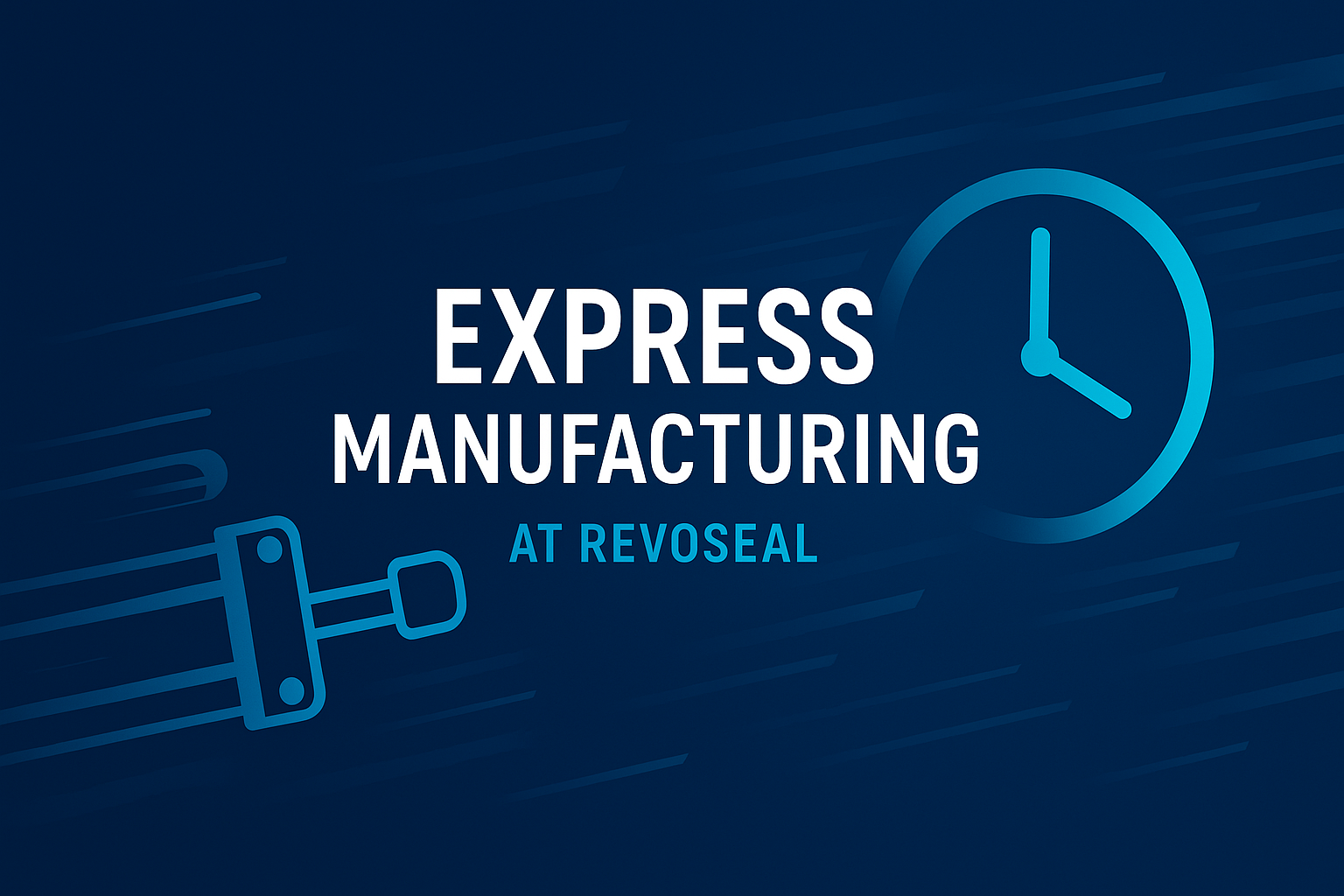What happens when modern equipment meets outdated infrastructure? For many plants, it means costly leaks, complicated workarounds, and frustrated employees. That was exactly the challenge facing a chemical production site in North Rhine-Westphalia until a collaboration between Covestro and Revoseal turned a long-standing problem into a breakthrough innovation.
The Hidden Challenge in Everyday Operations
In many older facilities, up to 80% of the pipe systems still rely on tongue-and-groove flanges. By contrast, modern inline hoses — used for flushing and emptying processes — are equipped with raised face flanges and PTFE inliners.
The result? A connection mismatch that seems small on paper but creates real headaches in daily operation. Raised face and tongue/groove flanges simply don’t fit together. For years, the workaround involved graphite layers combined with a corrugated ring. It was secure enough, but far from practical: multiple parts, inconsistent results, and plenty of extra effort for operators.
A Collaboration in Action
Hans-Georg Döring, Senior Project Manager at Covestro (formerly Bayer AG) with over 40 years of chemical industry experience, describes how the partnership with Revoseal made the difference:
“We had already worked with Revoseal on other projects. Through continuous and intensive dialogue, the issue of combining raised face hoses with tongue/groove pipelines became part of the discussion. Revoseal took the challenge seriously and searched intensively for a practical, manageable solution.”
The Breakthrough: A Dual-Use Gasket JP-T

The solution sounds simple, but its impact is profound. Revoseal developed a special dual-use gasket:
- On one side, it provides a flat sealing surface for raised face flanges.
- On the other, it delivers a tongue sealing geometry for tongue/groove flanges.
- Both functions are combined in one single, reusable component.
In practice, this means that operators no longer need multiple gaskets, rings, or improvised setups. One gasket fits both worlds: securely, efficiently, and without compromise.
Why This Matters
Beyond the technical elegance, the benefits are concrete:
✔️ Leakage eliminated at raised face/tongue-groove interfaces
✔️ Reusable design → significant cost savings
✔️ Easy handling, even in hard-to-reach flange positions
✔️ Meets current standards, including the new TA Luft draft design
✔️ Employee acceptance: operators embraced the solution immediately because it simplifies their work instead of complicating it
As Döring puts it:
“The most important benefit was the acceptance by the employees. They were really happy with the solution and the work simplification it brought.”
Innovation with People at the Center
Technical excellence alone is not enough. What stands out in this case is how Revoseal and Covestro approached the challenge: with close cooperation, fast development, and practical training for all staff across all shifts, even nights.
Revoseal didn’t just deliver a gasket; they delivered confidence, trust, and simplicity. For employees on the ground, the new gasket isn’t just another part, it’s a small innovation that removes daily stress and ensures safety.
From Challenge to Standard
What began as a niche problem in a single facility is now a model solution for industries worldwide. Wherever old infrastructure meets modern components, the dual-use gasket bridges the gap: combining security with simplicity.
It’s a reminder that true innovation doesn’t always mean something flashy or complex. Sometimes, the smartest solutions are those that quietly make life easier, safer, and more reliable.
One gasket. Two worlds. Zero compromises.



